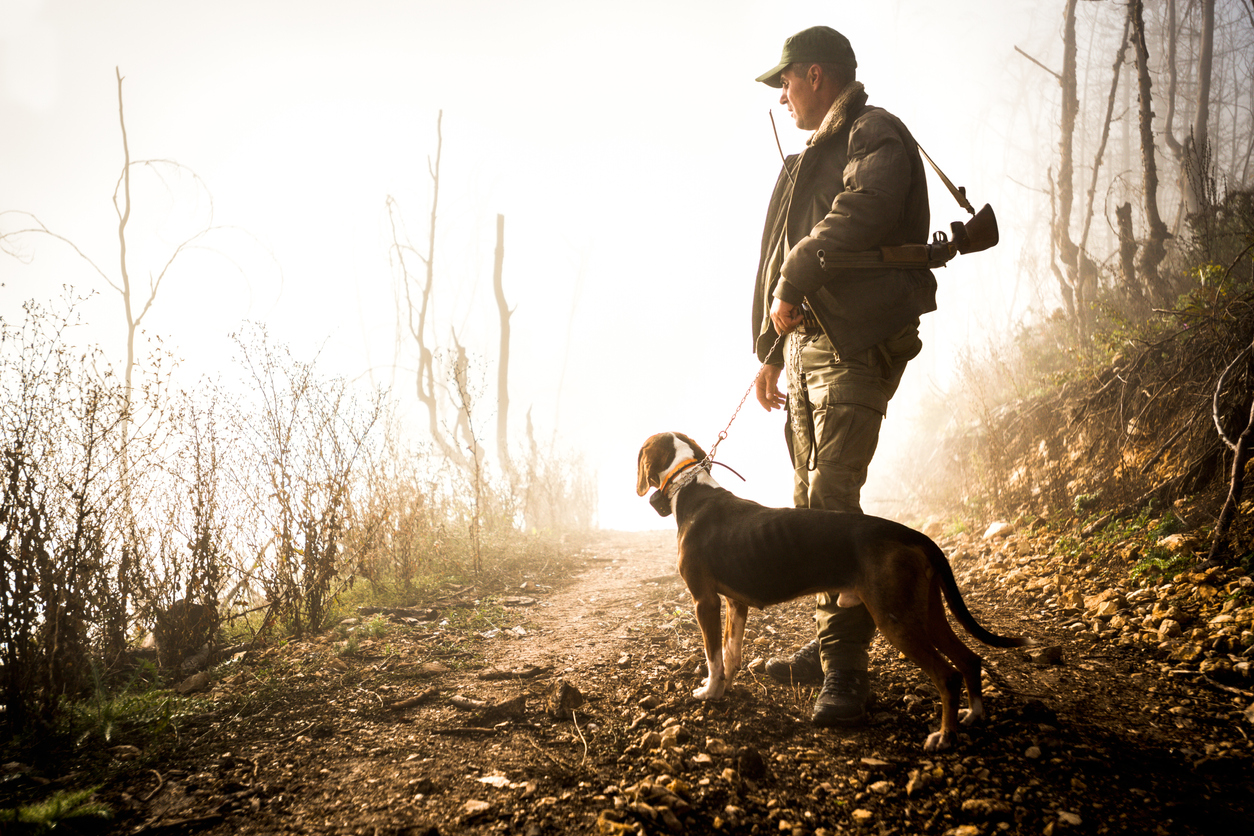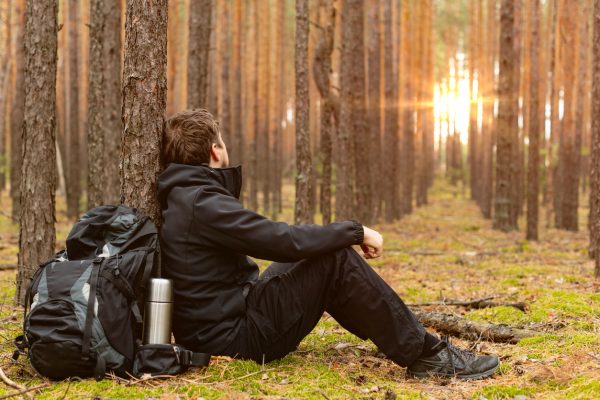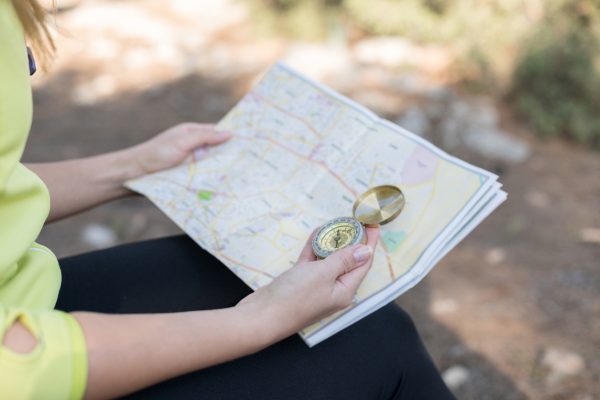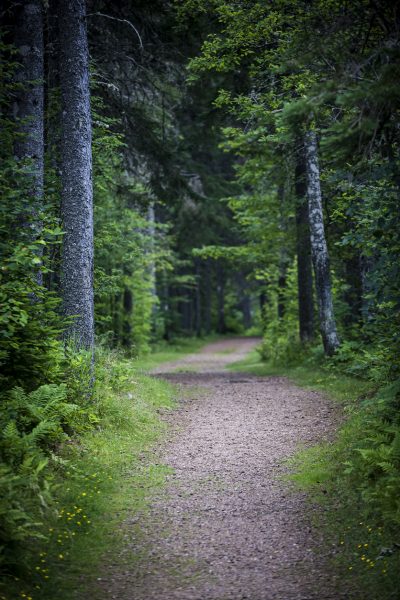The Reasons People Get Lost in the Wild, I Have & It Was My Fault

I hate to admit it… it’s a little embarrassing… but I’ve been lost in the woods. Yes, as hard as that may seem to believe, I’ve done it. I could blame someone else that I was with; but the truth of the matter is that I shouldn’t have listened to them and should have done what I knew to do.
But I didn’t. So, regardless of what anyone else did, I have to say that it was my fault.
We were up in the mountains and decided to walk back to the base camp (a cabin), rather than waiting for the rest of the group. That was the first mistake; not so much that we went back on our own, but that we didn’t bother telling anyone. At a minimum, we should have said who was going, where we were going and the route we intended to take. If we had, they could have looked for us.

Then, just to add insult to injury, we left in the wrong direction. I knew it was the wrong direction, yet let the rest of our small group talk me into believing they knew what they were talking about. From there, it was all downhill.
So the following list is a bit personal for me. I’ve either done everything on this list, had someone talk me into doing everything on this list or personally been involved in searching for someone who has done it. In any case, I have a vested interest in avoiding having any further familiarity with any of these errors.
Assuming You Know the Directions
The situation mentioned above happened because some of the other members of my little group thought they knew where the base camp was, from where we were.
But they didn’t. None of us had a compass on us, so we didn’t bother to check. Besides, even if we had, we didn’t know the azimuth from where we were to where we needed to be anyway.
I can’t tell you how many times I thought I knew where I was, but later found out I didn’t. It’s easy to mistake your directions, simply because so many land features look the same or similar enough to create confusion.
You could be planning on meeting someone in the third branch of the canyon and they are in the fourth, simply because a small cut in the side of the main canyon that you counted as a branch, they didn’t.
Not Having a Map
Of course, to be able to really tell where you are requires having a map and compass, or at least the modern equivalent of them, the GPS. But if you’re going to count on a GPS, you’d better have a way of recharging it with you.
If you are outside of cell phone coverage, your phone’s GPS is still going to work, but it’s not going to work for long. The phone will be sending out calls constantly, trying to locate the tower. That will kill your battery.
Phone GPS isn’t really designed for the back woods anyway; it’s designed for people who stick to the roads. So if you’re going to use the GPS in your phone, make sure you have installed a backpacking GPS program, so that you have something that will show you more than you being in an area without any roads.

Even then, I’d still carry a good old fashioned topographical map and compass. You never know when your phone is going to stop working and if there isn’t enough sunlight for your solar phone charger, you’re going to be blind.
Not Establishing Your Route and Following It
Getting out of the woods isn’t a random chance sort of event. I can show you plenty of places where you can walk for days, without seeing any sign of man.
You need to establish the route that you are going to follow, based upon your map and compass, before you even start walking your way out.
Then, keep regular track of where you are and how much ground you have covered, counting steps and stopping every once in a while to do a resection with your compass, using obvious landmarks.
As you walk, always be aiming towards your next landmark. That’s why military compasses have a wire in the lid and a peep sight.
Using them, you can pick out an interim landmark that’s along the azimuth you want to be walking and aim towards it. As long as you have at least two landmarks in front of you, one farther than the other, but both along the same azimuth, you’ll keep walking in a straight line.
Misjudging Distance
It is extremely easy to misjudge distance, in just about any kind of terrain. Unless you can find some object, like a car, which you know the size of and have practiced so that you know how small it looks at different distances, you probably won’t be able to tell how far away it is.
Undulations in the land make distances even more deceiving. Walking two miles across very flat land is one thing, but you can walk double that distance, to get to the same point, if the land is rough or rolling. That’s why you always have to stop and check your position, either with a GPS or by doing a resection with your compass and map. You can’t just trust in your pace count.
Misjudging distance gets especially dangerous as nightfall approaches. You can see your goal, looking like it’s not all that far away, and decide you can make it; only to find out that night has fallen and you aren’t there. Not only that, but you can’t see where it is anymore.
Better to stop while there is still plenty of time to establish an overnight camp, even if it looks like your destination is close enough to reach before it gets dark.
Unless you have some sure indication that you will make it, such as walking along a road and having mile markers to tell you how far you have to go, don’t count on your ability to judge the distance.
Following a Game Trail
I’ve heard many people talk about following a game trail, if you’re lost. That depends on what you’re looking for. If you’re trying to find your way to water, then by all means, follow a game trail, especially if it is going downhill. Chances are, you’ll find water before the end of the day, as most game won’t live more than a day’s walk from their favorite watering hole.

But if you’re trying to find your way back to civilization, that game trail isn’t going to do you the least bit of good. Most game animals are going to avoid man and anything man has constructed. So all you’re doing is making sure you don’t get where you’re trying to go.
At the same time, game isn’t in any hurry to get anywhere by any particular time. So they are not going to follow the most efficient route to get you anywhere.
About the only time that a game trail would be efficient, is if your other option is to fight your way through underbrush and the game trail saves you from that effort of cutting trail.
Not Paying Attention
Probably the biggest mistake that people make, causing them to get lost, is to not pay attention to their surroundings. It’s very easy to get so wrapped up in enjoying the day, that you forget to take the time to make sure that you’re going to be able to keep enjoying it.
Most landmarks only stand out to those who bother to take the time to look for them. You would be amazed how many people can do something like fording a stream, and then 15 minutes later, when they’re trying to figure out where they are, they don’t recall the stream.
As you go, you need to make sure that you are spotting the landmarks and comparing them to your topographical map. Get the terrain fixed in your mind. In the Old West, it was common for those who rode the trails to have an encyclopedic knowledge of trails they had never traveled, just from hearing others talk about them around the campfire.
Not Turning Around to Look Behind
One important part of paying attention is taking the time to turn around and look behind you. It’s utterly amazing how different terrain features can look from the other side, as if they were something totally different.
If you don’t turn around to look at things after you pass them, then everything is going to look strange to you; you won’t spot any familiar landmarks, even if you are on the right path.
Not Marking Your Trail
Hand in hand with turning to look behind is taking the time to mark your trail, if you have any intention of returning the same way. Tying small pieces of ribbon, yarn or strips of rescue blankets along your trail, especially when there are any forks in the trail, will give you that check that you need, to know that you are on track, even if you’re not sure it looks like you remember.
